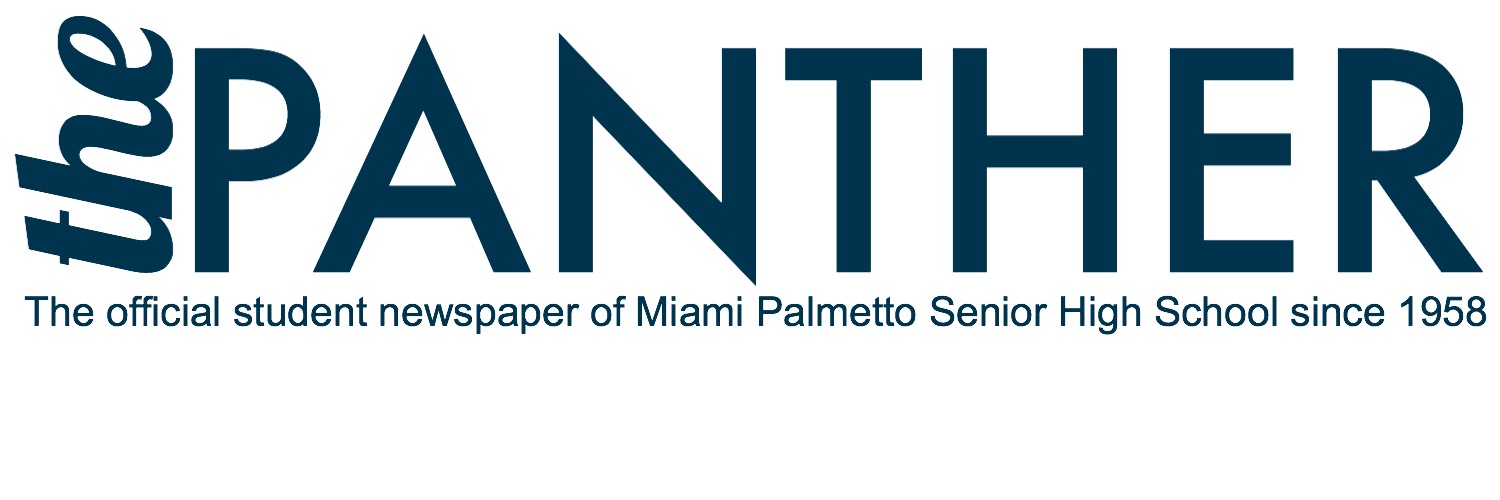Should Dual Enrollment be Factored into High School GPAs? (FACEOFF)
September 10, 2018
Yes (I.W)
Standard high school classes are not for everyone. Sometimes, people prefer other opportunities to boost their high school GPA or to really challenge themselves. Being a high schooler should not limit a student’s ability to reach their full potential. Dual enrollment courses are postsecondary-level classes that high school students can take before they graduate to earn high school and college credit – a challenging feat that should be rewarded by factoring the credit into the high school student’s GPA.
A dual enrollment class represents a major commitment that comes with a lot of hard work. According to a six-year nationwide study by the Community College Research Center, 88 percent of students that successfully completed dual enrollment courses in high school continued their postsecondary education, many of which ended up becoming college graduates. That means that about nine out of ten students at Palmetto who take dual enrollment classes will go on to college.
Students can choose to take a dual enrollment class for many reasons: to better appeal to colleges, figure out a career path, save money on college tuition, or to earn previously missed credits needed to graduate through credit recovery. Credit recovery is the process of retaking a class that a student previously failed to earn credits to graduate high school. Dual enrollment gives those kids who did not do well in a class before a second opportunity to pass the course and earn their high school diploma. If those college credits were not factored into high school GPAs, already struggling students will have to find other means to earn credit or they might just give up.
Dual enrollment not only provides educational advantages, but also life experience and financial savings opportunities. These courses often take place in a traditional college environment, which gives students the chance to see what college is really like and prepares them for the real thing when the time comes. Additionally, passing a college-level class in high school allows students to move on and take different college courses than the one they already took, saving them money on college tuition in the process.
While it can be argued that Advanced Placement college-level classes in high school settings are similar to dual enrollment courses, credits from a dual enrollment class prove more likely to be universally accepted by colleges than APs. A College Board study found that if you pass an AP exam with a score of a three instead of a four or five, only 68 percent of universities will accept that as a credit. AP credits count towards your high school GPA and are similar to dual enrollment courses as APs also count towards college. Since dual enrollment credits are more likely to accepted by colleges, why not count it into your high school GPA, to replace the inconsistent AP credit? While dual enrollment classes require a lot of hard work and dedication, they’re a much safer bet than AP classes.
Dual enrollment is multifaceted, in that it can motivate students to try harder in school and encourage students to continue their education, while saving them tuition money, and more. By factoring college credits into both high school and college GPAs, students will be encouraged to take the necessary steps to improve the quality of their education.
No (O.S)
Busy schedules, tough classes and stress are all inevitable in high school. Adding dual enrollment classes on top of that is a personal choice. While it does take initiative, hardwork, and dedication, a dual enrollment class is a college level course that should not count for a student’s high school GPA.
These classes show colleges proof of students going above and beyond; however, a student should take a college level course because they want to learn, not simply to boost their GPA. Dual enrollment courses give students the chance to challenge themselves and be rewarded with knowledge. Unfortunately taking a dual enrollment course is not practical for many high schoolers. Whether it be not having transportation or simply not being able to juggle a college course in high school, not everyone can take a dual enrollment class. Students who manage to take these courses should be rewarded for their achievement and dedication by the class being factored into college GPA since they are taking a college course.
Advanced Placement courses are already college level courses that are offered for high schoolers. AP classes essentially have the same benefits as dual enrollment, including college preparation and possibly saving money on future courses. So why does a program that is the same as an AP inflate student’s GPA even more than it already is?
A common trend is students loading up on AP and dual enrollment classes to enhance their weighted GPA. Little do they know, GPAs are re-calculated by colleges in the admission process. According to the Washington Post, dual enrollment courses are typically not as rigorous as AP or IB courses. Dual enrollment courses are a great way for students to learn more and get a sense of what college classes are really like, however they should not be abused to simply boost GPAs.
